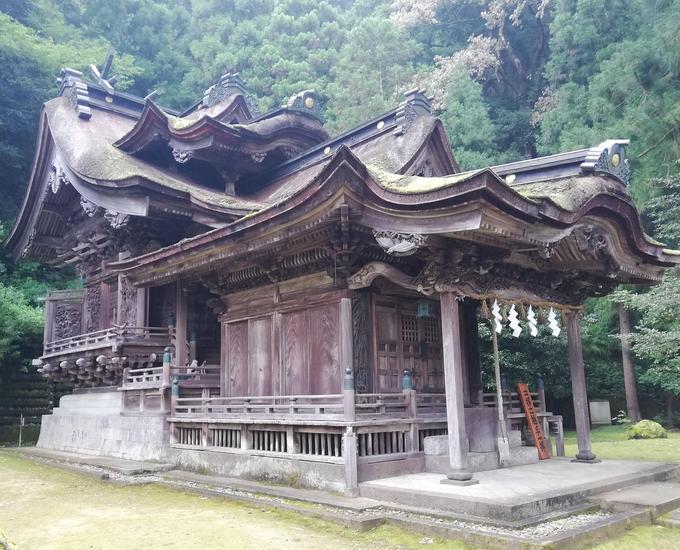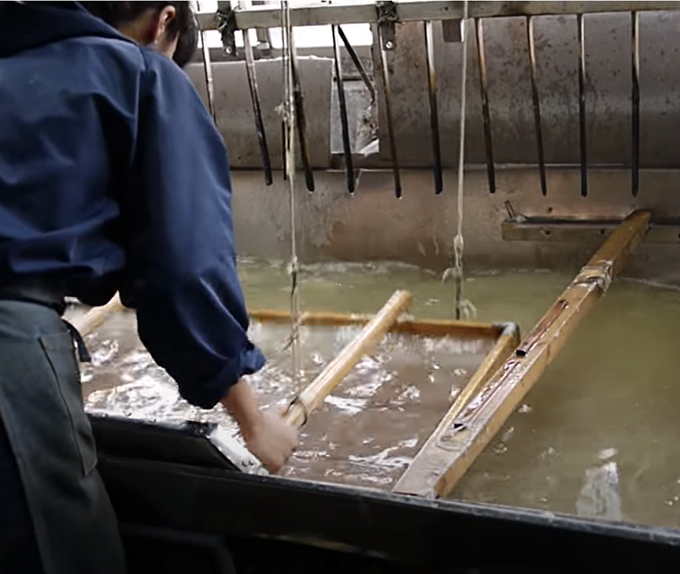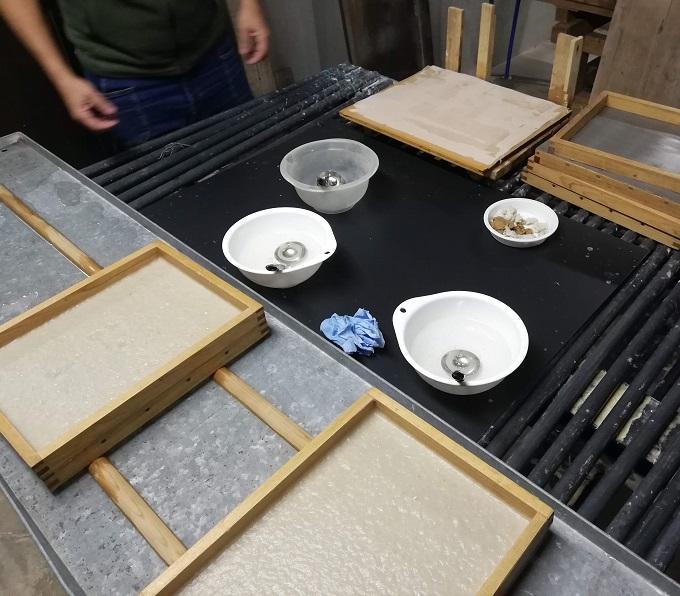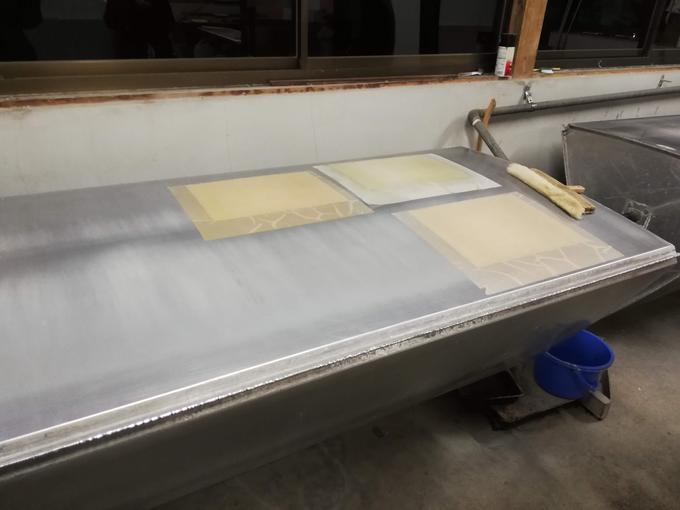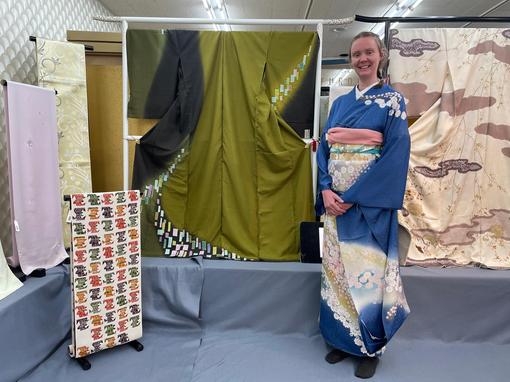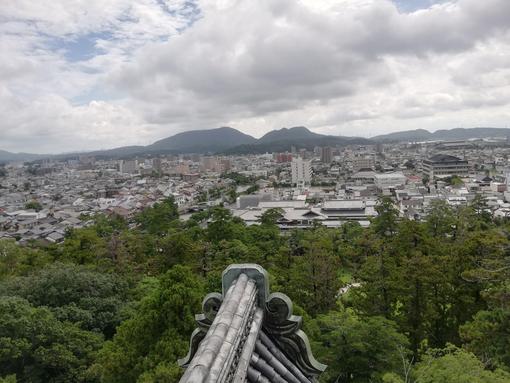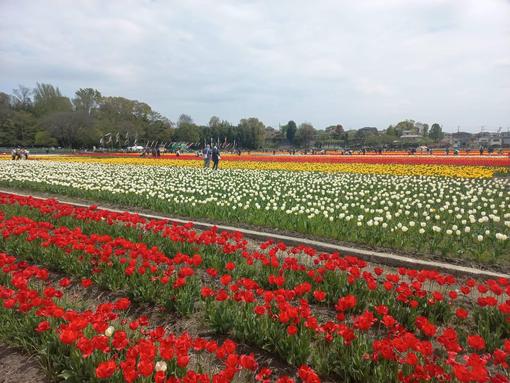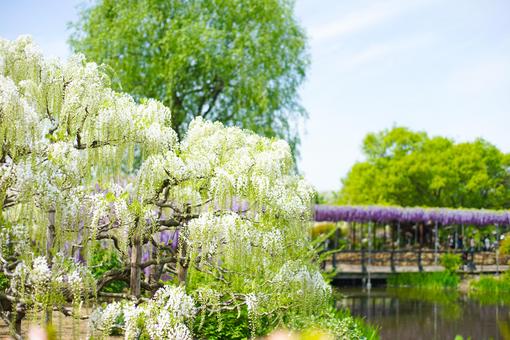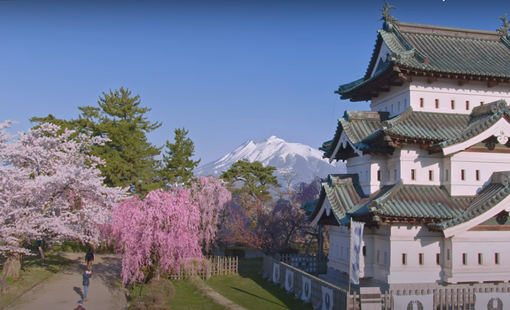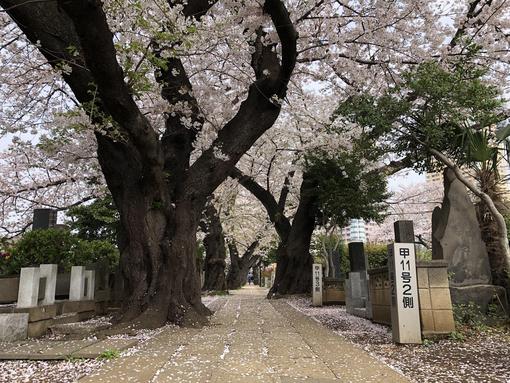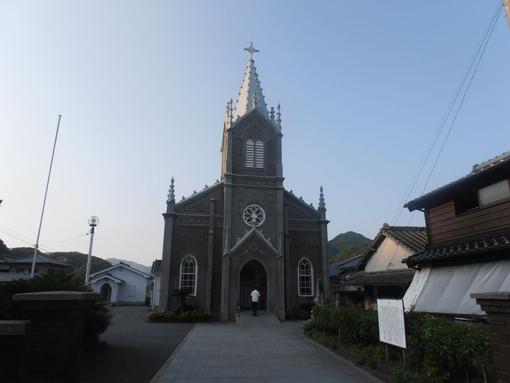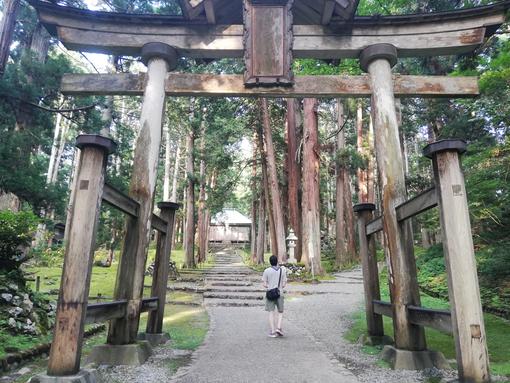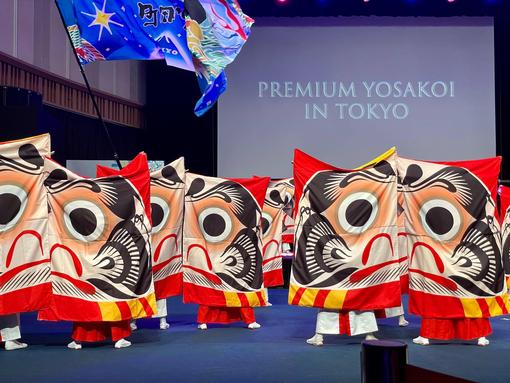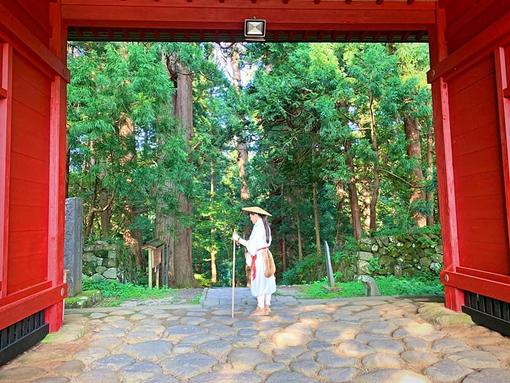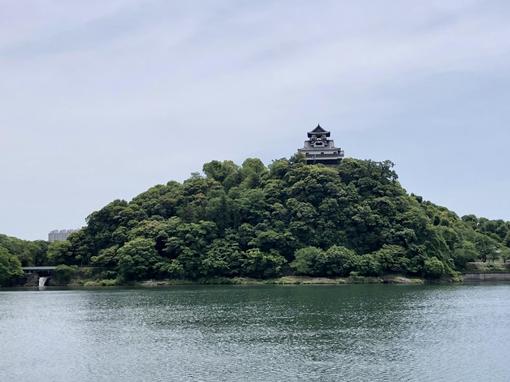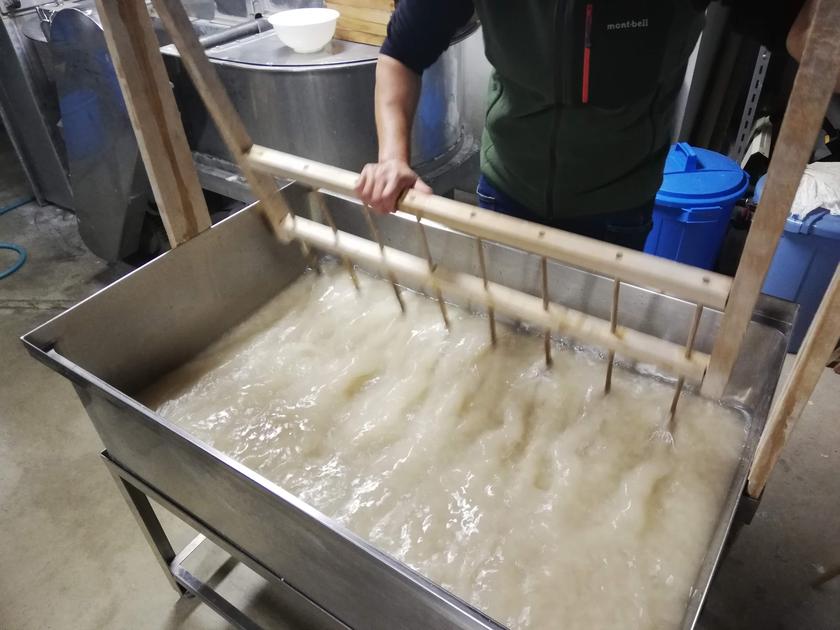
Four Places in Japan to Experience Making Washi Paper
What is washi paper?
Washi is a type of paper that has been made in Japan for over 1,300 years. The name literally means "Japanese paper". Funnily enough, the roots can be traced back to China, but it has been crafted in Japan since around 610 CE since Buddhist monks used it for writing sacred sutras.
Washi paper is made from natural materials, such as the fiber from mulberry trees. It was traditionally made in Winter, when farmers were not busy tending to crops.
How is it made?
First you need to harvest the trees used for the washi paper. Many people use the "kozo" (mulberry) and "mitsumata" (paperbush) shrubs, although other types can be used, and this effects the coarseness and thickness of the paper.
Once the plant has been harvested, they steam the branches until they are soft. They then strip the bark off and dry it. After it dries, they boil it and remove any impurities. Finally the bark is beaten by hand until it becomes many loose fibers.
By this time, the wood has become a pulpy mixture. They mix it intensely with water and glue and then use a wooden tray called a sukifune (which is surprisingly expensive these days I learned!) to collect the pulp into a specific shape. This process is called nagashizuki and helps to interwine the fibers which makes them less likely to rip. Then it is dried and turns into beautiful and artistic looking paper. It can be decorated and made into many different crafts.
What is it used for?
In the olden days washi paper was used for everything - books, wrtiting, letters and so on. These days it is used more for speciality crafts and stationary. Look at lamps when you stay in a nice hotel - they may be covered in washi paper. Or look at wall dividers made of paper - washi. You can buy lovely washi notebooks and stationary. Sending out wedding invitations? Try washi paper. I myself have a business card holder made of washi. The fiber in washi paper is longer than in regular paper, meaning it is more durable despite being translucently thin.
Where can you try making it?
1. Echizen Washi Village, Fukui
Located in Fukui Prefecture, one of our favourites, is the Echizen Washi Village. The Echizen area is perfect for craft lovers, with knife making and lacquerware also highlights there. Echizen is one of the original paper making villages and there are many paper making factories in the town. Legend has it that a mysterious woman came to town and taught the locals her special skills, so they dedicated the Okamoto Otaki Shrine to her. The Okamoto Otaki Shrine is small, but covered in moss and rather spooky, so worth taking a look at. These days the Echizen paper is sold all over Japan for things like sake labels, wallpaper and wrapping paper.
First you can stop at the Paper and Culture Museum to learn about the origin of Echizen washi and then go next door to the Udatsu Paper and Craft Museum which is an old paper maker's house from the Edo era. You can watch a detailed demonstration of how washi paper is made and ask any questions you have. This was really interesting and a good chance to see it up close.
You will definitely want to try the Japanese Traditional Papermaking Workshop as well, where you can pay 5,000 yen to experience the full paper making process. Or you can head to the Papyrus House which sells souvenirs and also lets you try a shorter 30 minute experience where you make a small paper and decorate it (e.g. postcards).
URL: https://www.echizenwashi.jp/
2. Saitama Craft Center Ogawa, Ogawamachi, Saitama
Ogawamachi is a nice day trip from Tokyo. We first went to try the washi experience before heading to Sengenyama Miharashi no Oka Park. You hike up a small hill and then have a go on a huge roller slide, adults allowed! Then we ended the day at the Kawara no Yu Onsen which is also within walking distance.
The washi experience takes place in the Saitama Traditional Crafts Hall. They have various displays of Saitama Prefectural crafts, as well as a washi paper exhibit. There you are able to choose from various washi crafts to make, like postcards, placemats, letter paper, coasters and so on. You can decorate them with flowers, glitter and other seasonal natural decoration. The time taken depends on which craft you choose to do.
Ogawamachi is also home to three sake breweries. You can head to the Tsuru Musashi Brewery and the Seiun Sake Brewery if you are interested in local sake. The Seiun facility used local water from Ogawa Town and local paper to label their bottles.
URL: https://www.saitamacraft.com/
3. Minobu, Yamanashi
Yamanashi Prefecture is not too far from Tokyo and makes a good weekend trip. It is also home to Mt. Fuji, Japan's most iconic mountain and a must-visit for everyone. Much less famous is the fact that Yamanashi was historically an important washi paper producer due to its surplus of clean mountain water (very important for the washi process). The centre of the washi industry was near the Southern Alps - we went to Nakatomi Washi no Sato in Minobu town. They have been making washi there for over 1,200 years, although in a much smaller quantity these days.
The paper made in Minobu is known as Nishijima Washi and has a reputation for elegance and class. There are four areas in the facility - the Sukiya Nakatomi where you can experience making washi, the Kamiya Nakatomi where you can view collections of various washi from across the country, a restaurant with seasonal dishes and a museum with various arts and crafts. There is also a gift shop in the experience centre which had a wonderful array of washi goods, for very reasonable prices. Inside the experience center you can make various crafts like writing a kanji on the washi paper, or a lantern covering.
URL: https://www.town.minobu.lg.jp/washi/
4. Mino City, Gifu
If you are looking to immerse yourself in washi paper, try Mino City in Gifu Prefecture. Mino will be liked not only by craft enthusiasts but also by old-style architecture lovers. This is because the town centre is still filled with wooden buildings from the Edo Era and thus it retains a traditional feel. Not only can you try their washi experiences but you can explore the old alleys and streets and visit the perfectly preserved old houses and stores.
Mino town has been lauded for having particularly durable and high quality washi, even earning the approval of the Shogun during the Edo era. Only 4% of the original pulpwood ends up in the finished product of Mino washi, they are that particular! Although the attraction of Mino is the entire town, you can stop at the Mino Washi Museum to try a 500 yen papermaking experience as well as look through the museum. It takes about 30 minutes.
URL: http://www.city.mino.gifu.jp/minogami/












